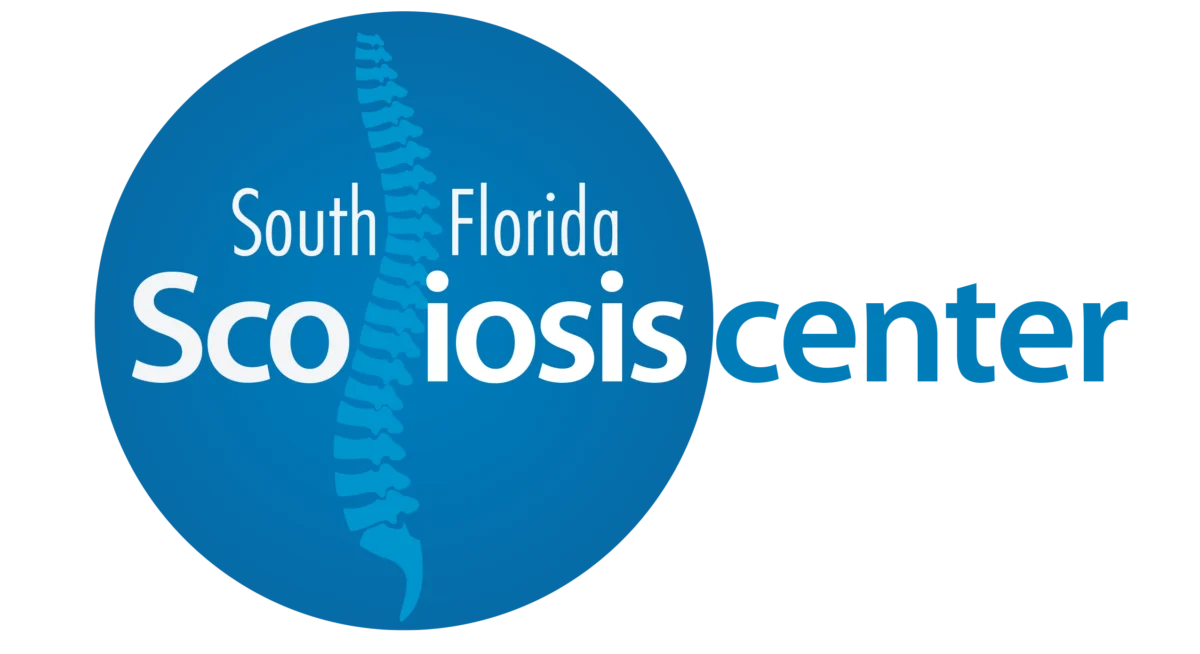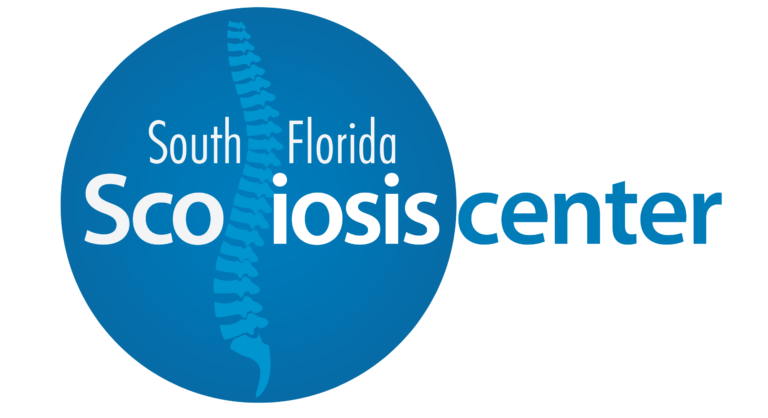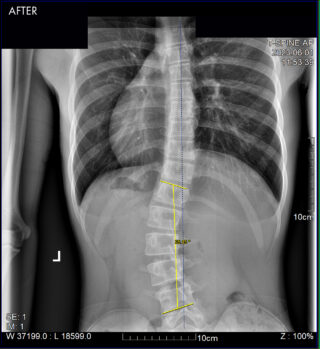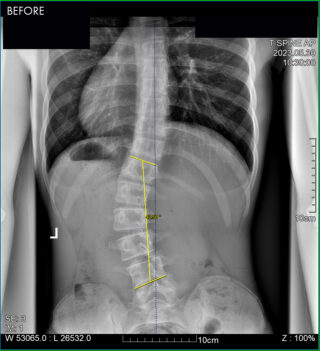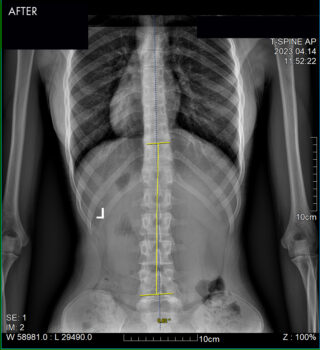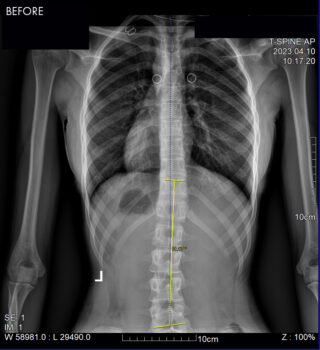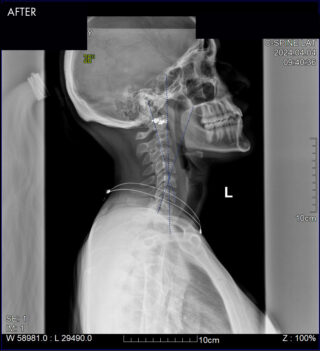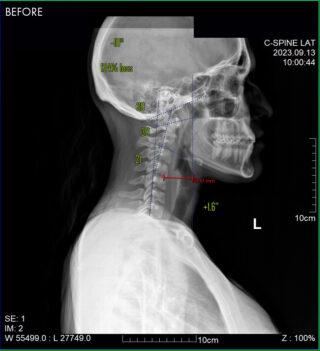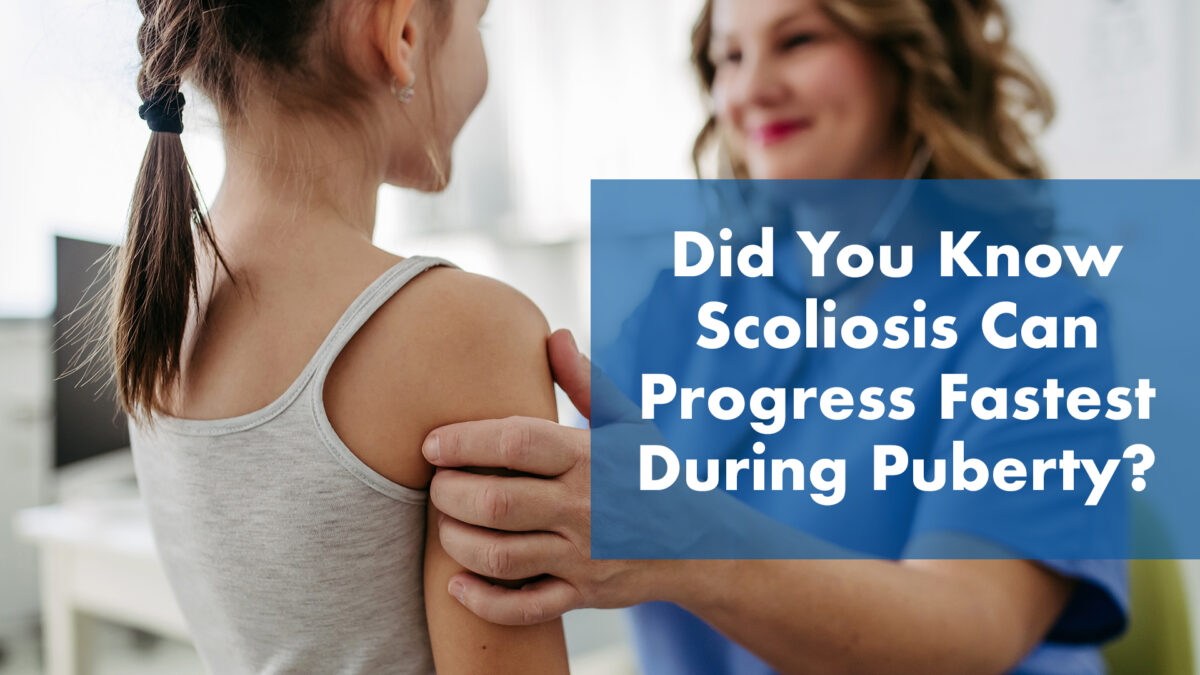
How Fast Can Scoliosis Progress During Growth Spurts?
Why Puberty Is a Critical Time for Scoliosis
Between the ages of 10 and 16, kids experience rapid physical changes—longer limbs, shifting posture, and muscle imbalances as bones grow faster than the rest of the body can adapt. For children with scoliosis, this growth spurt can be a turning point.
When the spine is already curved, the fast pace of bone growth can cause the curve to progress quickly, sometimes by several degrees in just a few months. That’s why regular monitoring and early detection during puberty are so important.
How Fast Does Scoliosis Progress?
Scoliosis progression varies from child to child, depending on factors such as:
Age at diagnosis: Younger children still in active growth are more likely to see faster curve progression.
Curve size: Larger curves (over 20°) tend to worsen more rapidly during growth spurts.
Skeletal maturity: The less developed the bones, the higher the risk for progression.
Family history: A genetic predisposition can increase the likelihood of curve changes during puberty.
A mild 10–15° curve may stay stable for months, while another child’s curve could double in size within a single growth cycle. That’s why consistent, expert monitoring is key.
Why Early Intervention Matters
The good news: catching scoliosis early—before and during puberty—gives your child the best chance to reduce or stabilize the curve naturally.
At South Florida Scoliosis Center, our approach involves the latest science based methods shown to provide results, and may include chiropractic, active and passive exercises, and corrective bracing, when needed. We employ the following:
- A functional approach untilizing specific exercises based on curve type
- Scoliosis specific exercises including Schroth, S.E.A.S. and Scolibalance Advanced rehabilitation exercises to help with postural and structural re-training
These non-surgical methods can often stop progression reduce curve size.
When to Schedule a Screening
If your child is between ages 7 and 15, or you’ve noticed uneven shoulders, one hip higher than the other, or complaints of back pain, it’s time for a scoliosis check. Our screenings are gentle, non-invasive, and designed specifically for growing spines.
The Bottom Line
Puberty can be a period of rapid change—not just emotionally, but physically. Scoliosis progression during this window is common, but with early detection and personalized care, it doesn’t have to define your child’s future posture or comfort.Learn how early detection during the teen years can prevent future complications. Schedule a Screening today
Quick Contacts
Our Gallery
- Copyright 2025 South Florida Scoliosis Center
